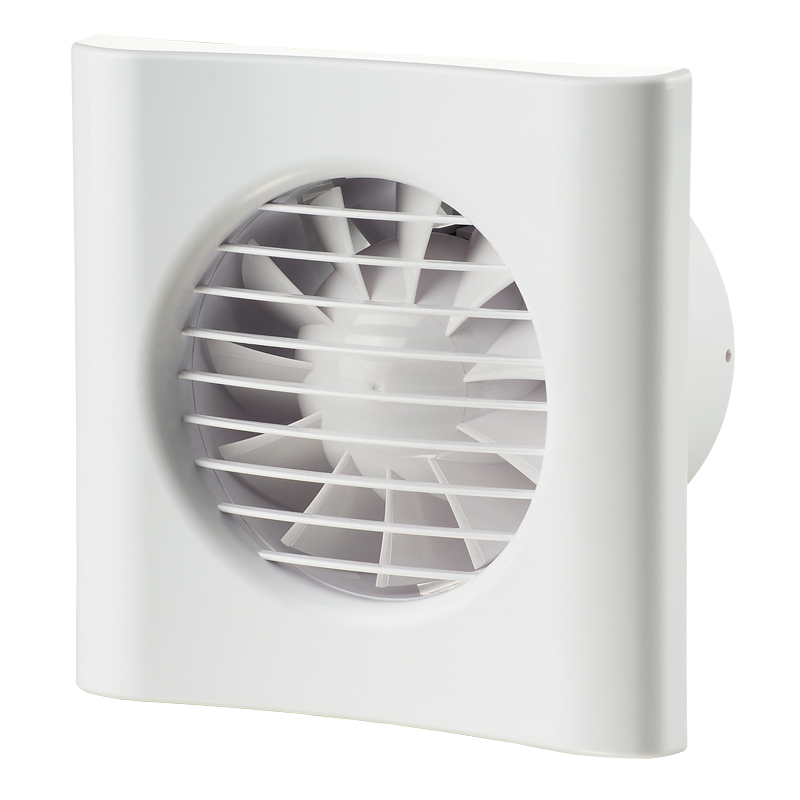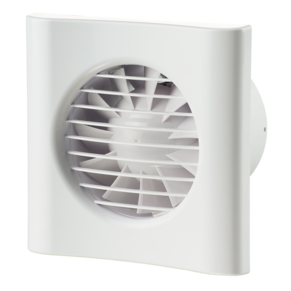VENTS MF Duo Series



- Description
- Modifications
- Capacity diagram
- Downloads
- Certificates
- Designation key
| APPLICATIONS | |
|
|
| DESIGN | |
|
|
| MOTOR | |
|
|
| CONTROL | |
|
Manual control:
|
|
|
Automatic:
|
|
| MOUNTING FEATURES | |
|
|
| MOUNTING EXAMPLE | |
 |
|












- Selection method:
- Air flow:
- Pressure:
- Air flow: --
- Pressure: ---

Mark of conformity to the European Quality Standards and Electrical Safety issued by Association for Technical Inspection (Technischer Überwachungsverein, Germany).

Mark of conformity to the Polish Quality Standards and electrical safety issued by PCBC (Polish center for testing and certification).

Mark of conformity to the Slovak Quality Standards and electrical safety issued by EVPU (Slovakia).

Mark of conformity to the Ukrainian Quality Standards and electrical safety issued by UkrTEST.

Mark of conformity of the goods subject to obligatory certification in DSTR system as well as technical norms and standards acting in Russian Federation. Confirmed by the RosTEST certificates (Moscow).

Insulation class: double insulation.

Equipment protection rating.
| PICTURE SYMBOL | DESIGNATION | MODIFICATION DESCRIPTION |
 |
MF L Duo | The motor is equipped with ball bearings to increase the service life (about 40 thousand operating hours) and fan mounting at any angle. The bearings are maintenance-free and contain enough grease for the entire operating period. |
 |
MF T1 Duo | Equipped with an adjustable high-speed turn-on delay timer (from 0 to 2 minutes) and an adjustable high-speed turn-off delay timer (from 2 to 30 minutes). |
  |
MF TH Duo | Equipped with an adjustable turn-off delay timer (from 2 to 30 minutes) and a fixed turn-on delay timer (45 s) with a humidity sensor adjustable from 60 % to 90 %. |






 Domestic fans
Domestic fans  Industrial and commercial fans
Industrial and commercial fans  Single-room ventilation systems with heat recovery
Single-room ventilation systems with heat recovery  Air handling units
Air handling units  Air heating systems
Air heating systems  Smoke extraction and ventilation
Smoke extraction and ventilation  Air sterilizers
Air sterilizers  Accessories for ventilating systems
Accessories for ventilating systems  Electrical accessories
Electrical accessories  Ventilation ducts and fittings
Ventilation ducts and fittings  Air distribution components
Air distribution components  Ventilation kits and vents
Ventilation kits and vents 


